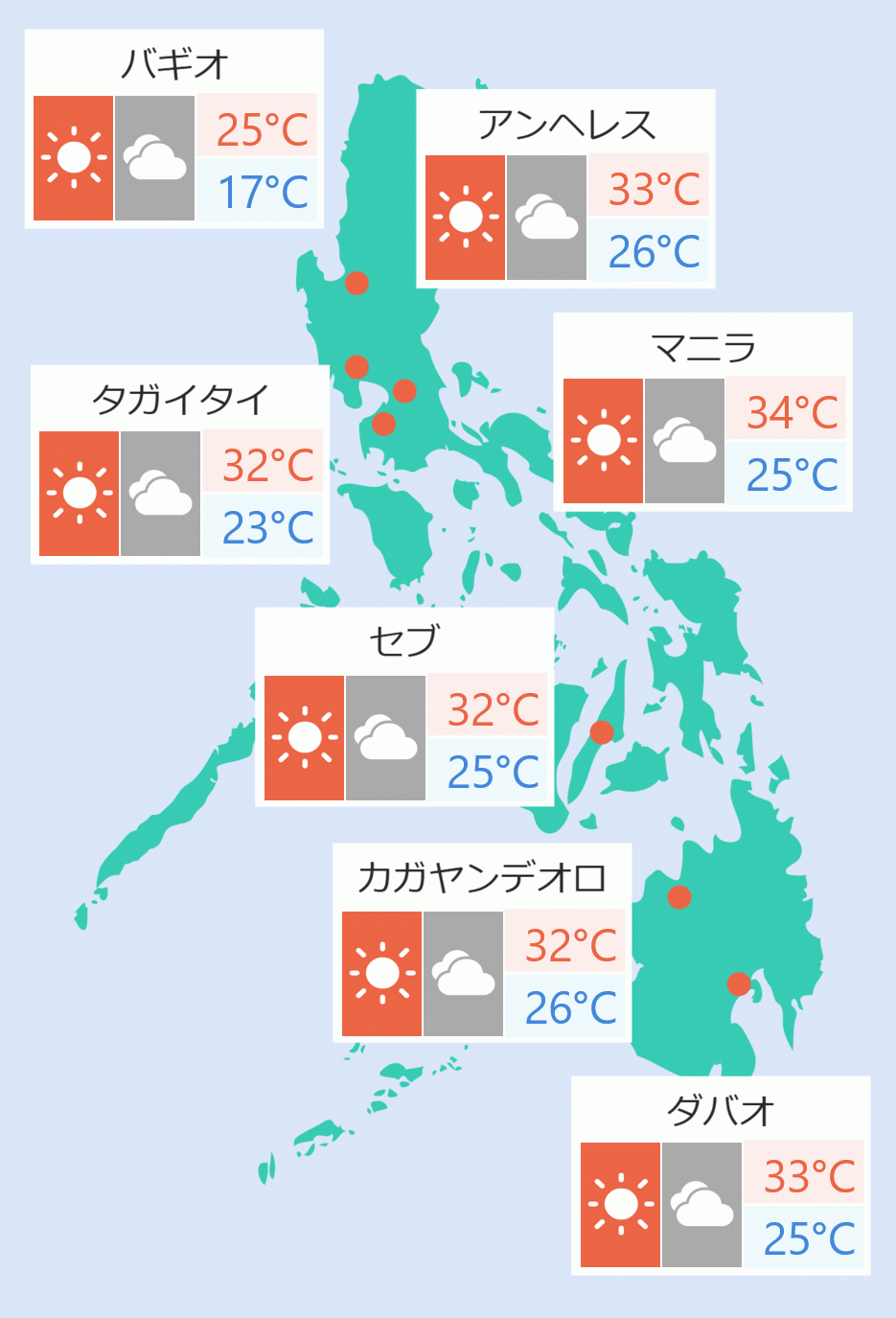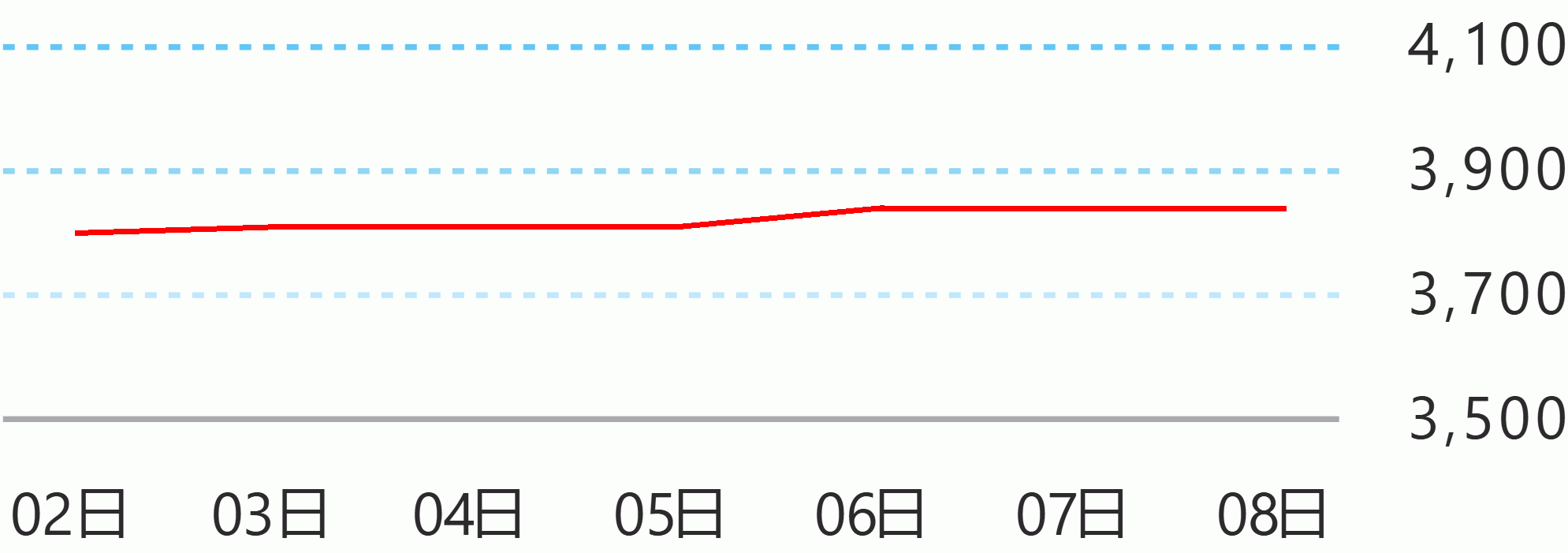The Philippine Atmospheric, Geophysical and Astronomical Services Administration (Pagasa) said Tuesday the northeast monsoon or amihan has ended and the warm and dry season, expected to last until May has begun.
In its advisory, Pagasa said the high pressure area over Siberia has retreated, '' resulting in the weakening of northeasterly winds and an increase in the air temperature over most parts of the country.''
The North Pacific High '' has led to a gradual shift in the wind pattern from northeasterly to easterly'', Pagasa said.
The country is expected to experience "below normal amounts of rainfall" in the second half of the year as the El Nino phenomenon is expected to start in July, the state weather bureau said.
"La Nina has just ended this month, were still looking at March, April, May and June for us to experience normal condition, when we say normal there is no El Nino and La Nina," weather forecaster Chris Perez said during the "Laging Handa" public briefing on Tuesday.
"The projection is July onward it is possible that the new episode of El Nino will start, so our projection now is in terms of rainfall before El Nino we will have near normal to above normal is different parts of the country but off course when El Nino comes we will have new projection then we will likely experience lower amount of rainfall in some parts of the country," he added.
In a phone interview with the Daily Manila Shimbun, Rhea Torres, weather forecaster said despite the El Nino the country will still have its rainy season from June to September. But the amount of rainfall is expected to reduce because of the phenomenon.
"The usual average period of El Nino lasts for about eight to 12 months, however there are cases that it also lasts for more than a year," she said.
Perez also explained that although the onset of El Nino is expected to start in July, its effect may start to be felt by August or September.
"On the month of July, we expect the start of El Nino, so in the second half of the year the projection is we will experience the effect El Nino but not necessarily in July, so there will be some log effect then possibly by August or September we will start to experience below normal rainfall," he said.
Perez said aside from the possible decrease of the water level in the dams due to the lesser amount of rainfall, El Nino may also affect the "power generation and agricultural sectors" in the country. Robina Asido/DMS





 English
English










